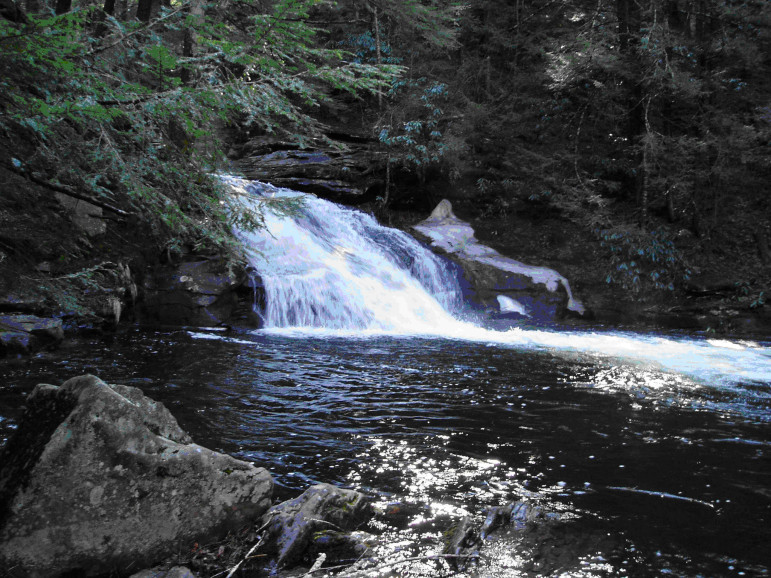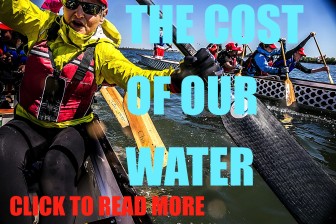
DEP
A spot in the watershed.
The massive amount of land New York City has purchased around upstate reservoirs is really a triple win for residents.
First, the land-buying facilitates very clean drinking water.
Second, it allows the city to avoid the incredibly expensive task of filtering Catskills-Delaware water. (A federal mandate to filter water in the east-of-Hudson Croton watershed led to a $3 billion construction project. It’s estimated that a similar plant for the larger West-of-Hudson supply would cost $10 billion.)
Third, it means there is a ton of land up there that New Yorkers, collectively, own, and much of it is open for recreation. While some watershed property is off-limits, hiking, fishing and hunting are allowed on the rest, though on some parcels an access permit is needed. DEP’s “frequently asked questions” and answers can be found here, but below are some of the basics about accessing the watershed:
Are there rules?
Yes, and they can be found here.
Where can you go?
You can’t go into areas marked “No trespassing” or “Restricted Area” and must have an access permit to go into places marked “Entry by Permit” or “No Admittance Except for Fishing Under Permit.” Places dubbed “public access areas” can be used with no permit. Here is a list of watershed areas and their designations, and here are maps of the individual parcels.
How do I get an access permit?
You need this permit to fish on city reservoirs, hike and fish on designated lands and store or use a boat on a city reservoir. You can fill out an application for an access permit or, if making a one-off trip with a permit holder, an application for a guest pass. Or you can use the online system.
What else is there to do up there?
The upstate counties offer more than the watershed. Some sites that lay out the options are …
Watershed Agricultural Council
Delaware County Visitors Info
Green County Tourism
Schoharie County Tourism
Sullivan County Visitors Association
Ulster County Recreation









